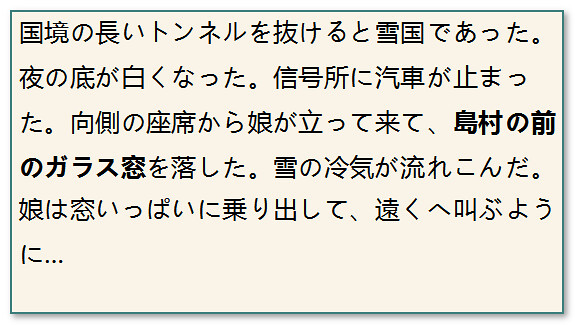Microsoft Yahei Font License

Microsoft Yahei Bold Font Download
Microsoft YaHei, Helvetica, Arial, TNR, Verdana and Georgia Microsoft YaHei, Helvetica, Arial, TNR, Verdana and Georgia 文章来源: TJKCB 于 2017-07-27 13:21:27 my professor told me I cannot use Verdana and Georgia in print because they’re screen fonts - good for your eyes when you write on screen. I like Papyrus (bold typeface) or Candara18 fonts on screen as well. So, print out on print-orientated designs like - nicely looked on paper. Really, Verdana and Georgia on paper look weird to my eyes - their typographic shapes appear too fat, too widening, not slim sharp like. Close to is Microsoft YaHei font - I tried it out - I love it. Arial® (sans-serif typeface and set of computer fonts) and Helvetica® typefaces, are most likely used for Graphic designers.
Times New Roman is a serif typeface commissioned by the British newspaper The Times in 1931 and designed by Stanley Morison, an advisor to the British branch of the printing equipment company Monotype. In print, Times New Roman font occupy tiny space, compared to Verdana and Georgia.
Microsoft Yahei Mono Font
My practice, writing on screen with Verdana or Georgia, print out to paper with Times New Roman or or Arial. Microsoft YaHei Microsoft YaHei Select font to view more information. For personal, professional or business use on workstations. For personal, professional or business use on workstations. Kumpulan game billiard untuk pc windows xp. Microsoft YaHei is a Simplified Chinese font developed by taking advantage of ClearType technology, and it provides excellent reading experience particularly onscreen. The font is very legible at small sizes. For other uses, see.
Microsoft Yahei Light Font
Verdana Modern Humanist Date released 1996 Verdana is a designed by for, with hand- done by, then. Demand for such a typeface was recognized by of Microsoft's group and commissioned. The name 'Verdana' is based on (something green), and Ana (the name of Howlett's eldest daughter). Bearing similarities to sans-serif such as, Verdana was designed to be readable at small sizes on the low-resolution of the period.
Like many designs of this type, Verdana has a large (tall lower-case characters), with wider proportions and loose letter-spacing than on print-orientated designs like. The are wide, to keep strokes clearly separate from one another, and similarly-shaped letters are designed to appear clearly different to increase legibility for body text. The bold weight is thicker than would be normal with fonts for print use, suiting the limitations of onscreen display. Carter has described spacing as an area he particularly worked on during the design process.
Latest News
- Cutting Board Designer Keygen
- Honeywell Experion Pks Installation Guide
- Htc Desire C Original Firmware Download
- Power Video Converter Registration Code
- Download Software Penangkap Wifi
- Rpg Maker Vx Ace Resources Download
- Hilti Powder Actuated Tool Training Hilti
- Camworks Post Processor Download
- Statue Lil Eddie
- Epson R230 Adjustment Program Software
- Discrete Mathematics Ensley Pdf Merge
- Harmony Navigator 2 Free Download Windows